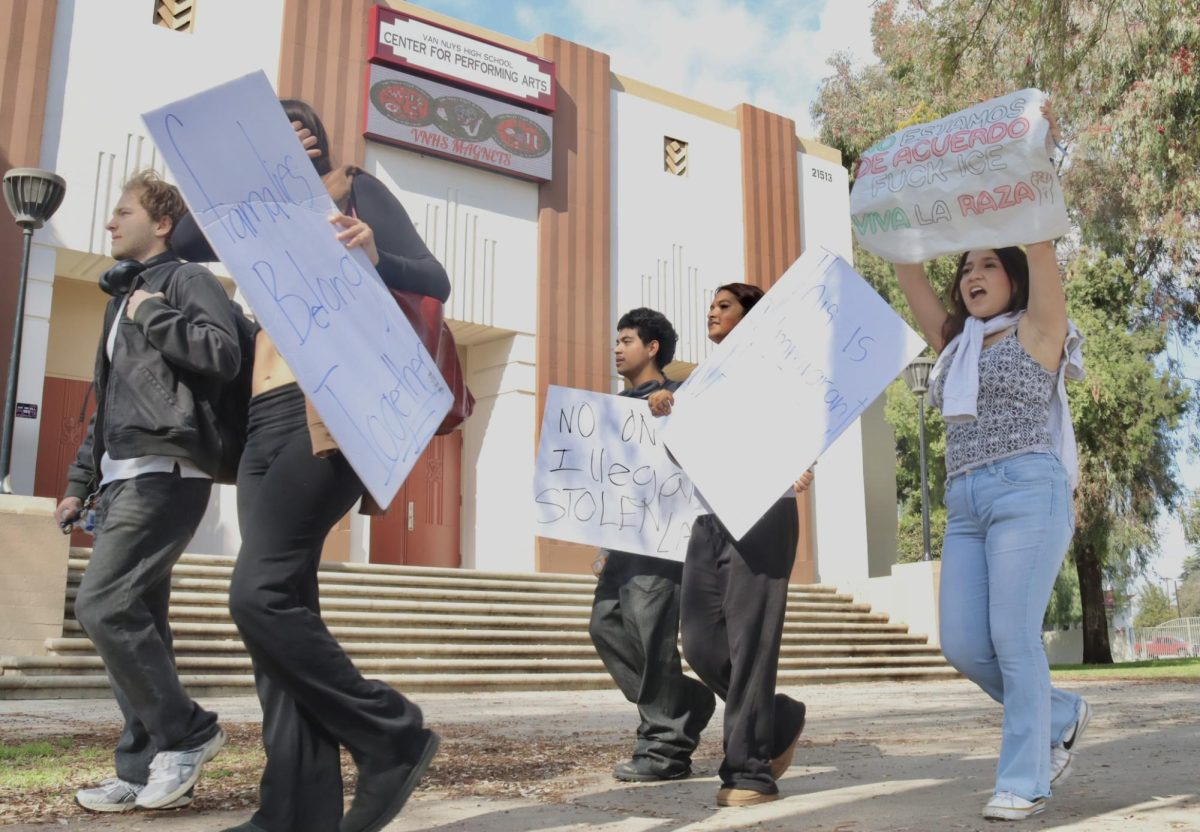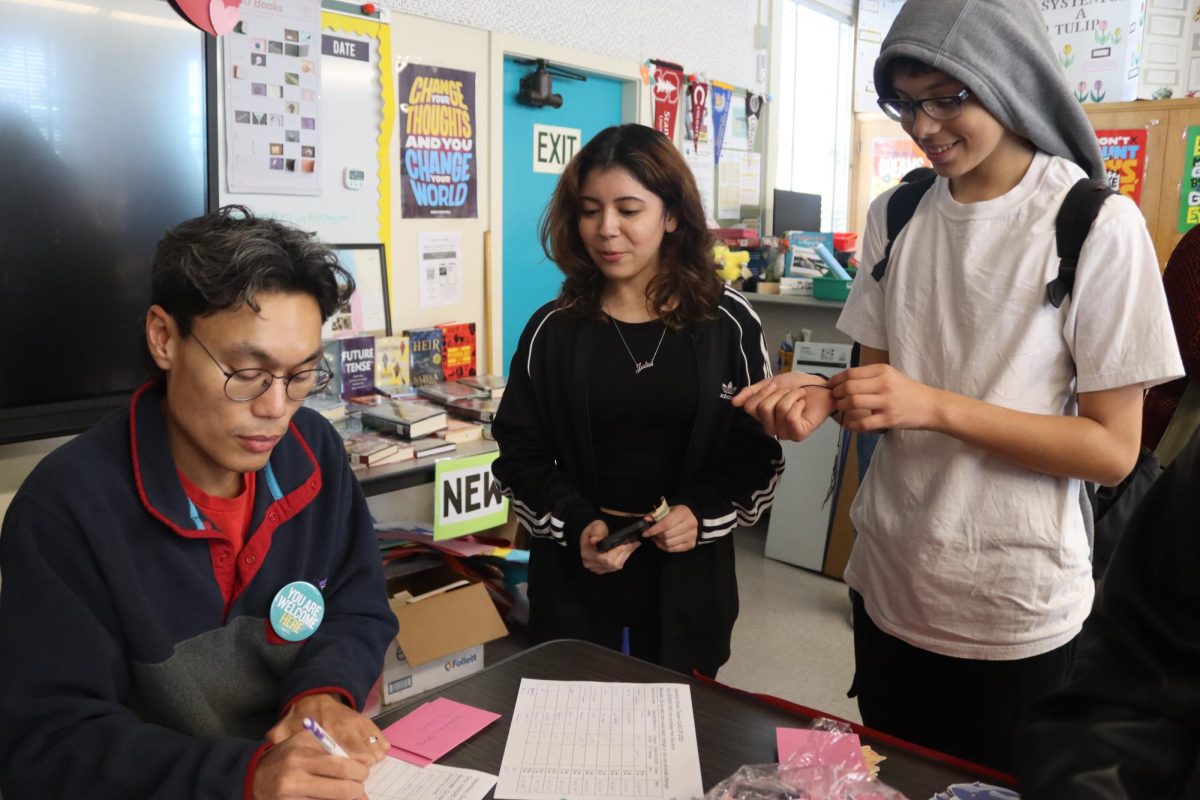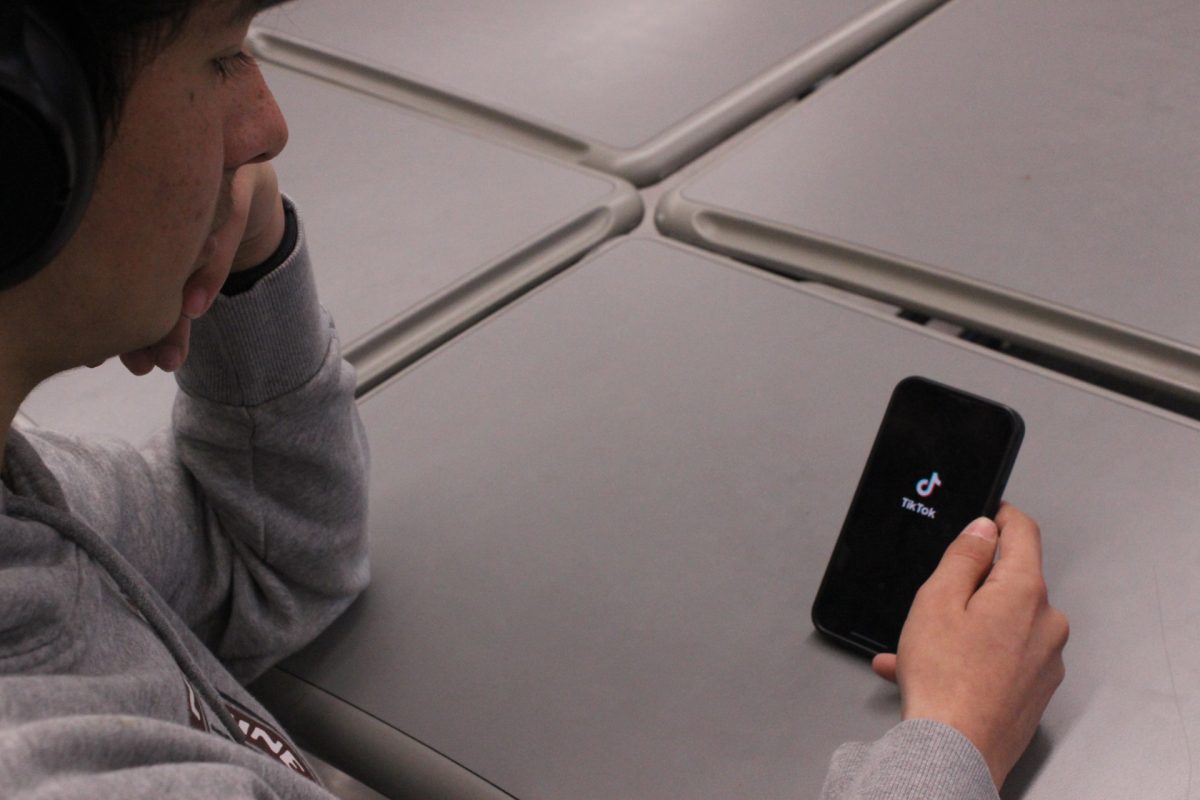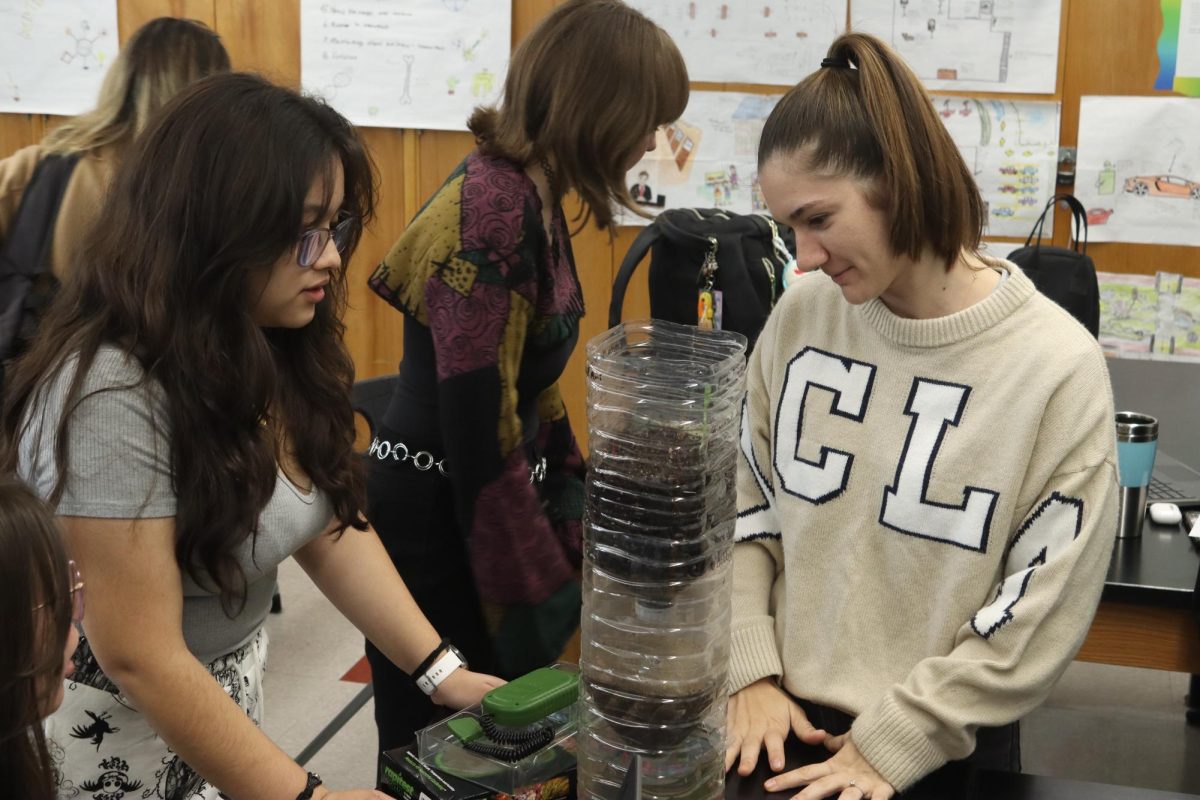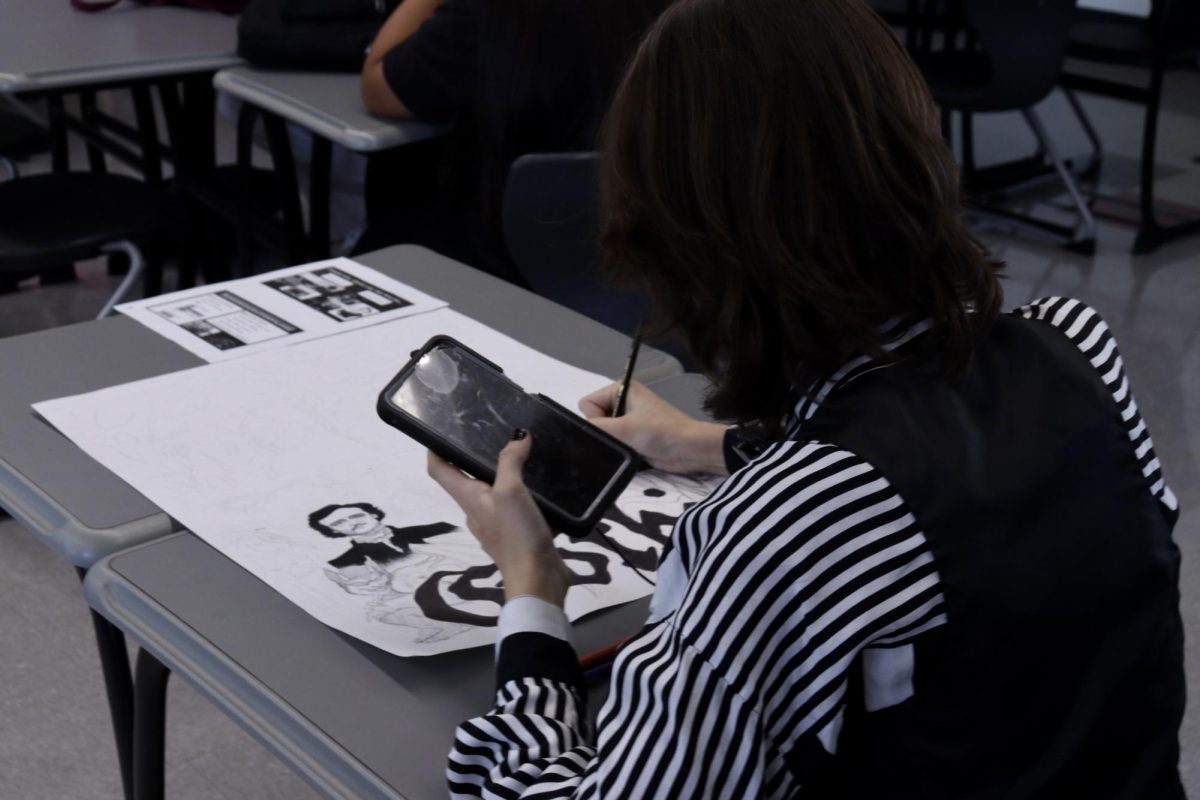Besides having a large focus on critical thinking and problem solving, the new Common Core standards also stress another crucial aspect of the 21st century: technology.
This can be seen in a teaching technique called “flipping the classroom” and the new adaptive response in the Common Core tests.
“The ideal way that I would teach my classes would be that the students’ homework would be to watch a 10 or 15 minute video of me lecturing at home and then the next day we talk about any questions they have and solve some problems related to the video,” science teacher Stephen Schaffter said.
This is an example of flipping the classroom, so named for the reversal of the problems and lectures’ roles. It also plays right in to the structure of the Common core
By having students do problems in class instead of at home, teachers can then help the students learn to do the problems.
It also has the added bonus of incorporating the technology- the lessons are watched on computers and/or iPads- that Common Core is so keen on.
The second key example of technology in Common Core is adaptive response.
“There are two types of testing: first generation and adaptive response,” Los Angeles Unified School District Superintendent John Deasy said at a January press conference with students.
First generation is what most students are used to, whether they have tested electronically or not (scantrons and other multiple choice tests are a basic form of first generation testing). Adaptive response is much more complex and relies on Common Core’s use of metacognition.
Metacognition is just the scientific way to say “thinking about thinking.” Which means students must not only know what the answer is but how they got it and why it is that.
Answers are often put in a text box on screen instead of just pushing “A”. Because the computer can see the why and how parts, it knows how well the student understands the subject and can then give him/her a question that’s easier, harder or the same difficulty.
“(The program) adapts to your answer and then pushes you based on that,” Deasy said.
Both adaptive response and flipping the classroom are quite different from students’ traditional learning, but in the end they will combine to make more effective and thorough thinking students.


